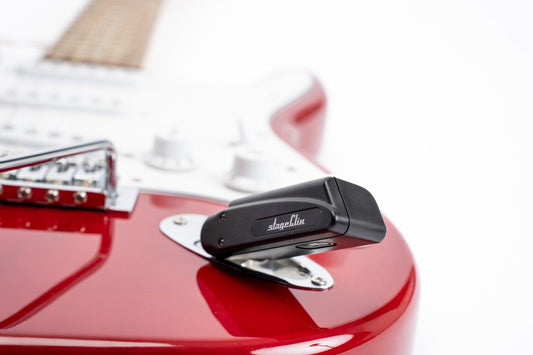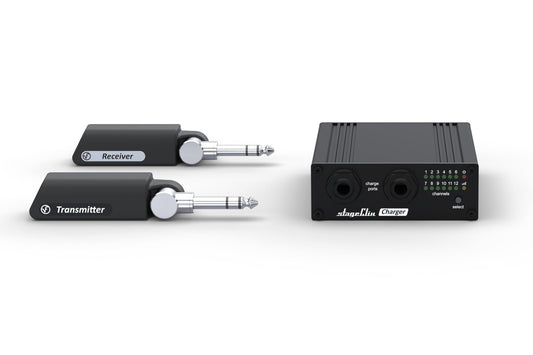In the ever-evolving landscape of wireless technology, the transition from analog to digital has brought both challenges and opportunities, particularly in the field of wireless audio systems. StageClix, with an eye on the future, has developed a ground-breaking approach to address the limitations of traditional systems and kicked off a new era of seamless, high-quality audio experiences.
The Analog Legacy
In the past, analog wireless systems relied on a single frequency to transmit on. As long as that frequency was unoccupied, there were no issues. However, the landscape has shifted as analog frequencies are increasingly phased out due to legal constraints. This shift necessitates the migration to 'digital' bands, opening up a new set of possibilities and challenges.
Challenges in the Digital Era
Entering the digital field brings complexities. While analog audio could theoretically exist in the digital bands, early attempts have been unsuccessful. The interference from other digital devices in the band has made low-cost systems unreliable. Additionally, the desire for broader bandwidth in our audio systems clashes with the limitations of analog setups, often requiring the use of companders and noise gates – elements that compromise signal integrity.
Developing a reliable digital link with a good Quality-of-Service (QoS) creates several obstacles. For instance, Wi-Fi employs DSSS and other methods to establish a solid connection, while other data systems use FHSS with 'blacklist' characteristics to avoid other systems. Traditional collision avoidance (CA) systems, where a packet is sent and the sender waits for acknowledgment, are efficient but slow. This approach makes it impractical for audio systems, especially those requiring multi-receiver topologies, as ack messages interfere. For most data systems, this delay is not an issue, but for audio, we prefer a fast system that is still capable of CA and hopping around other transmitters.
Innovative Approach
In response to these challenges, StageClix, born from the expertise of Systec Designs, has developed a cutting-edge QoS – Flexible Frequency Hopping. Departing from conventional CA methods, the system employs a redundant data stream sent by the transmitter. This innovative approach allows a single packet to be missed without audio loss, while the receiver, detecting the missed packet, stores this information in memory. Periodically, a QoS packet is transmitted without interrupting the audio, achieving an audio latency of less than 3 milliseconds – making it the fastest digital audio system on the market that can employ multi-receiver capabilities.
Crucially, Flexible Frequency Hopping can dynamically change frequencies during transmission, hopping around interference without causing dropouts.
In an era where the demand for high-quality wireless audio experiences is on the rise, StageClix stands at the forefront of innovation, providing solutions that push the boundaries of digital audio technology.
Shop now to discover seamless, high-quality audio experiences like never before!




